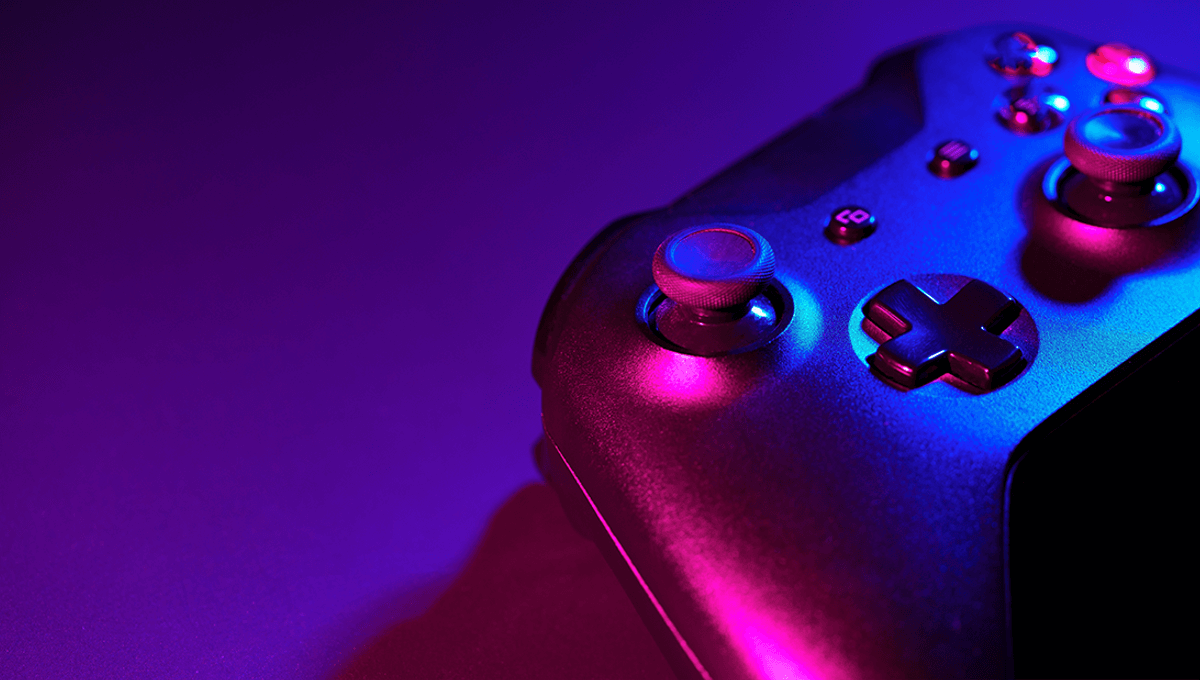
A team of researchers in Japan has created the world’s smallest shooting game, played by manipulating nanoparticles less than 1 billionth of a meter in size.
ADVERTISEMENT
The project, led by Professor Takayuki Hoshino of Nagoya University’s Graduate School of Engineering in Japan, allows players to control a small triangle shooting at enemy blobs on the display, much like in Atari’s 1979 game Asteroids. This version, though, is “nano-mixed reality”, where the digital world interfaces with the real world on teeny, tiny scales.
“The system projects the game ship onto real nanophysical space as an optical image and force field, creating an MR where nanoparticles and digital elements interact,” Hoshino said in a statement. “The game is a shooting game in which the player manipulates a ship and shoots bullets at real nanoparticles to repel them. Through this, we successfully demonstrated real-time interaction between digital data and physical nano-objects.”
The enemy blobs in the videogame are real nanoparticles, minute polystyrene balls. Players can move their character, the triangle, around using a joystick – what they are actually doing is manipulating the scanning patterns of an electron beam. These beams are used to generate complex electric fields, whilst also providing real-time images of the nano-scale particles. Players can then “fire” the electron beam “nano bullets” at the enemy nanoparticles, moving them around at will.
“By scanning electron beams focused to nano-size at high speed, we succeeded in generating dynamic patterns of electric fields and optical images on the display surface and controlling the force field acting between nanoparticles in real time,” the researchers explained in a translated YouTube video description. “Using this force field display, we demonstrated ‘nano mixed reality’ that connects information space and nanomaterial space in real time, and demonstrated ‘the world’s smallest shooting game’ that can be freely controlled in the nano world.”
While creating tiny versions of early videogames is clearly an end in itself, the researchers created the game to demonstrate the technology, which could be used to accurately manipulate materials at tiny scales.
ADVERTISEMENT
“We could 3D print the created objects in real time, potentially revolutionizing the world of 3D printing,” Hoshino added. “Or use the same guidance technique to guide toxic agents to […] cells in living organisms and kill them.”
Before that, hopefully they recreate Pac-Man.
The paper is published in the Japanese Journal of Applied Physics.
Source Link: The World's Smallest Shooting Game Is Played Using An Electron Beam Generator